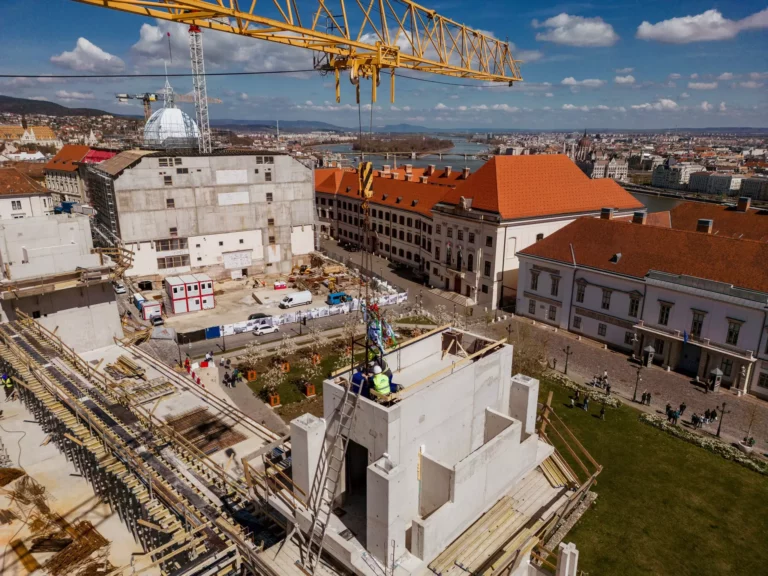construction
This Hungarian international train is back on track

Scandal: Dubai billionaire can build skyscraper near Heroes’ Square

Hungarian company started to rebuild village retaken by Azerbaijani forces from Armenia

Government sends home all foreign construction companies from Hungary

Hungarian development policy to focus on South

Hungary’s construction sector is in big trouble, new official figures show

Beautiful art nouveau hotel of Hungary is finally being renovated

One of Hungary’s largest universities to expand with a new campus in the city centre

Unstoppable decline in housing construction in Hungary

PHOTOS: Beautifully renewed Hungarian churches in Transylvania, Romania

Minister: new Hungarian ammunition factory will be one of Europe’s most important

Bad news from Hungary’s economy: construction, industry fall

Hungary will rebuild a Croatian school

Government ousts foreign companies in this sector in Hungary

PHOTOS: The decorative lighting of Hungary’s Chain Bridge is breathtakingly beautiful

Hungary’s construction law unconstitutional

Huge changes in Hungarian public procurement

Hungary’s construction sector falling drastically






